Pomegranates Contain Unique Polyphenols With Unique Liver Health Benefits
I define a “superfood” as one that contains unique compounds not readily found elsewhere and that are meaningfully beneficial to human health in either a general or specific capacity.
That’s where pomegranate and pomegranate juice, both uniquely high sources of the polyphenol compound of ellagic acid, come into play.
A recently published systematic review and meta-analysis determined that the daily consumption of pomegranate juice in people with elevated liver enzymes led to a measurable decrease in the liver enzyme GGT – considered one of the foremost predictors of fatty liver disease.
This benefit can be partially explained by polyphenol’s prebiotic potential within the gut microbiome.
Those reviewing my recent piece on polyphenols for liver health will have an even greater sense of why polyphenol-rich foods like pomegranate have demonstrated liver-friendly potential.
But not all polyphenols are made equal!
Ellagic acid is unique and worthy of special consideration, and today’s article aims to help you understand why.
Let’s get to the good stuff.
The Ellagic Acid Effect
Ellagic acid has a unique superpower - our gut bacteria convert this compound into a little something called Urolithin A.
Urolithin A is a polyphenol metabolite thought to have unique anti-inflammatory effects while strengthening the intestinal barrier.
Given the relevance of the liver-gut connection and the overall importance of reducing inflammation in fatty liver disease, these are very important functionalities.
But there’s more to the story – and it involves the mitochondria.
The Microbiome – Mitochondria Connection
The mitochondria are components of our cells that play multiple essential roles in energy metabolism, including fat metabolism.
If our mitochondria are working less than optimally, there is a chance the way our body stores and transports fatty acids may be compromised.
An imbalanced gut microbiome, a common feature of people living with NAFLD, can create compounds that damage the mitochondria.
This is part of the reason why we commonly observe people with fatty liver disease also dealing with what scientists refer to as mitochondrial dysfunction.
That’s where Urolithin A comes in.
Get Your Pom Poms Out
Scientists are increasingly convinced that Urolithin A has a unique protective effect on mitochondria that may also improve their functionality.
Can we get three cheers for pomegranate and pomegranate juice?!
While there is still much to learn in this area, guiding people towards more ellagic acid-rich foods is a niche nutrition consideration that is especially relevant to people living with fatty livers.
These benefits also partially explain the growing number of studies demonstrating that pomegranate improves indicators of liver health (which I discuss in the introduction).
Don’t like pomegranates?
Other conventionally available foods with meaningful amounts of ellagic acid include raspberries, strawberries, blackberries, apples, walnuts, and pecans.
As the richest conventionally available sources of ellagic acid, consuming these foods more often allows our body the best opportunity to create more urolithin A.
What To Do With This Information
The Mediterranean Diet calls for three servings of fruit daily and around 1/3 cup of nuts every other day.
This allows you ample opportunity to incorporate ellagic acid-rich foods every week and offers you some direction as to which items to pick up at the grocery store.
I don’t expect you to consume an ellagic acid-rich food every single day going forward, but instead, I simply recommend that you keep these foods in mind as you curate your nutrition strategy in the weeks and months ahead.
- Bahari, H., Rafiei, H., Goudarzi, K., Omidian, K., Asbaghi, O., Kolbadi, K. S. H., Naderian, M., & Hosseini, A. (2024). The effects of pomegranate consumption on liver function enzymes in adults: A systematic review and meta-analysis. Complementary therapies in medicine, 80, 103008.
- Bahitham, W., Alghamdi, S., Omer, I., Alsudais, A., Hakeem, I., Alghamdi, A., Abualnaja, R., Sanai, F. M., Rosado, A. S., & Sergi, C. M. (2024). Double Trouble: How Microbiome Dysbiosis and Mitochondrial Dysfunction Drive Non-Alcoholic Fatty Liver Disease and Non-Alcoholic Steatohepatitis. Biomedicines, 12(3), 550.
- D'Amico, D., Andreux, P. A., Valdés, P., Singh, A., Rinsch, C., & Auwerx, J. (2021). Impact of the Natural Compound Urolithin A on Health, Disease, and Aging. Trends in molecular medicine, 27(7), 687–699.
- Kang, I., Buckner, T., Shay, N. F., Gu, L., & Chung, S. (2016). Improvements in Metabolic Health with Consumption of Ellagic Acid and Subsequent Conversion into Urolithins: Evidence and Mechanisms. Advances in nutrition (Bethesda, Md.), 7(5), 961–972.
- Li, Z., Summanen, P. H., Komoriya, T., Henning, S. M., Lee, R. P., Carlson, E., Heber, D., & Finegold, S. M. (2015). Pomegranate ellagitannins stimulate growth of gut bacteria in vitro: Implications for prebiotic and metabolic effects. Anaerobe, 34, 164–168.
- Yin, Y., Martínez, R., Zhang, W., & Estévez, M. (2023). Crosstalk between dietary pomegranate and gut microbiota: evidence of health benefits. Critical reviews in food science and nutrition, 1–27. Advance online publication.


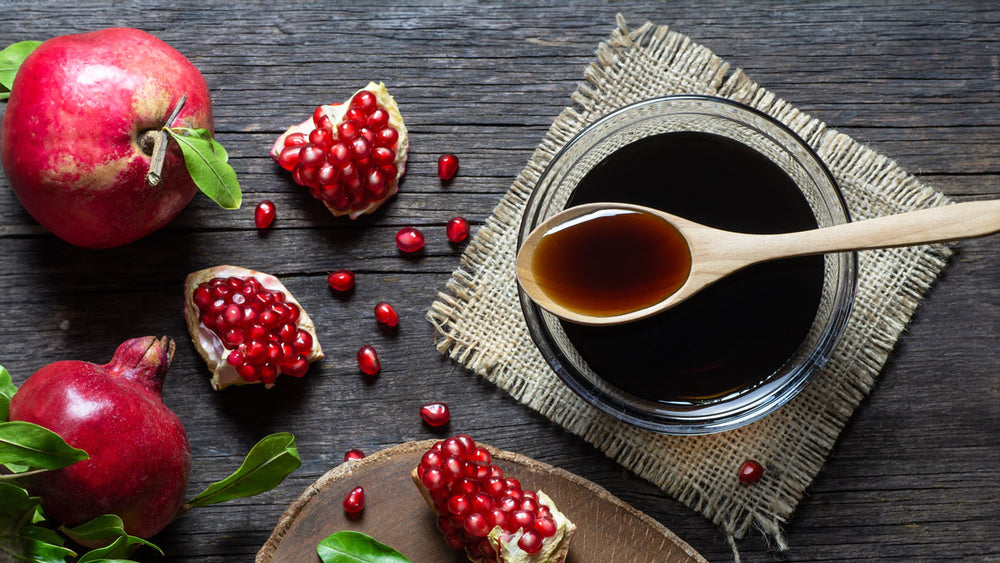
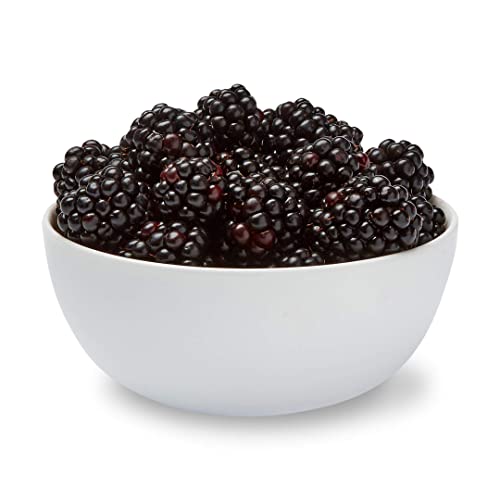
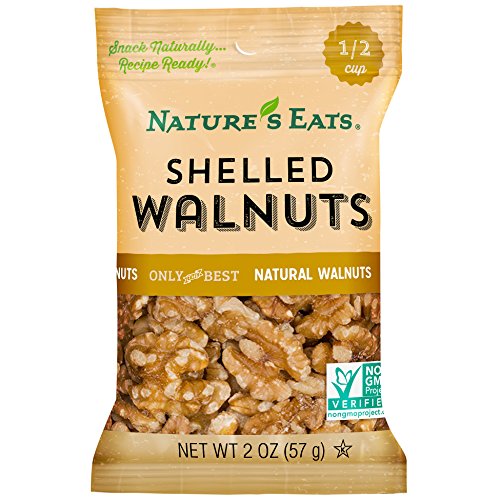
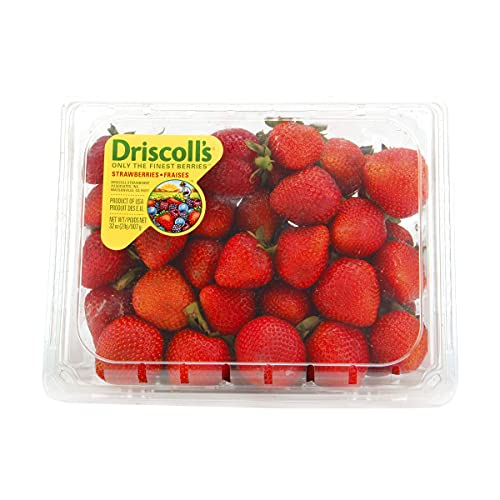
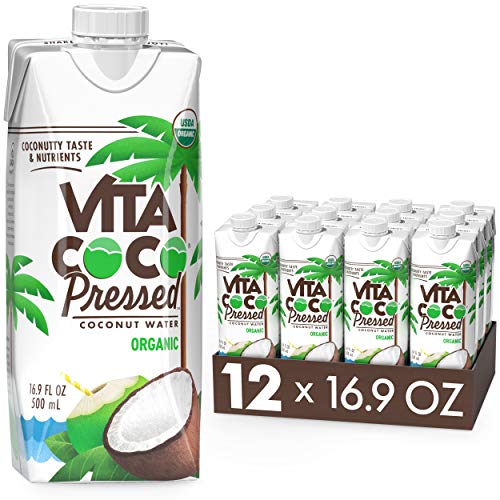

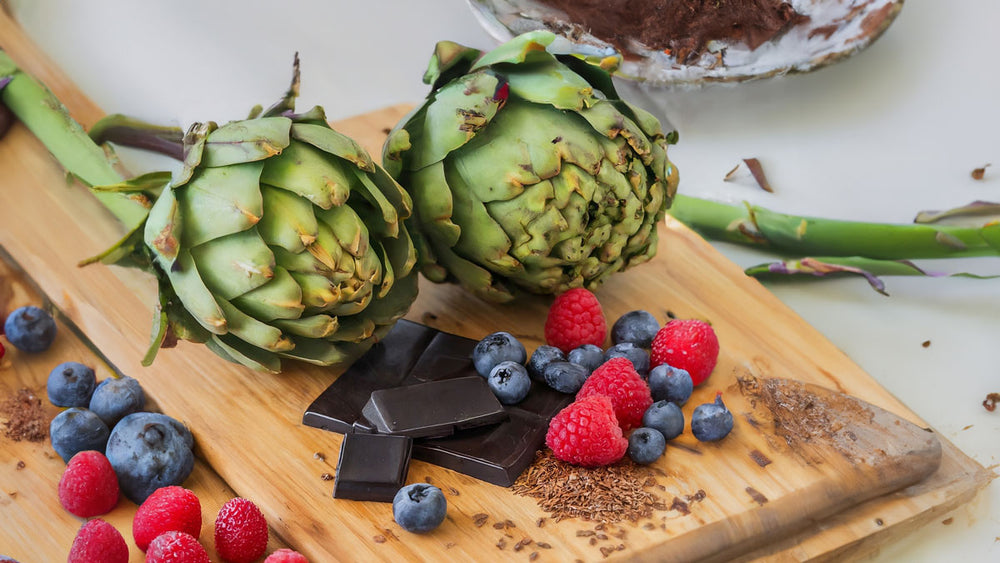
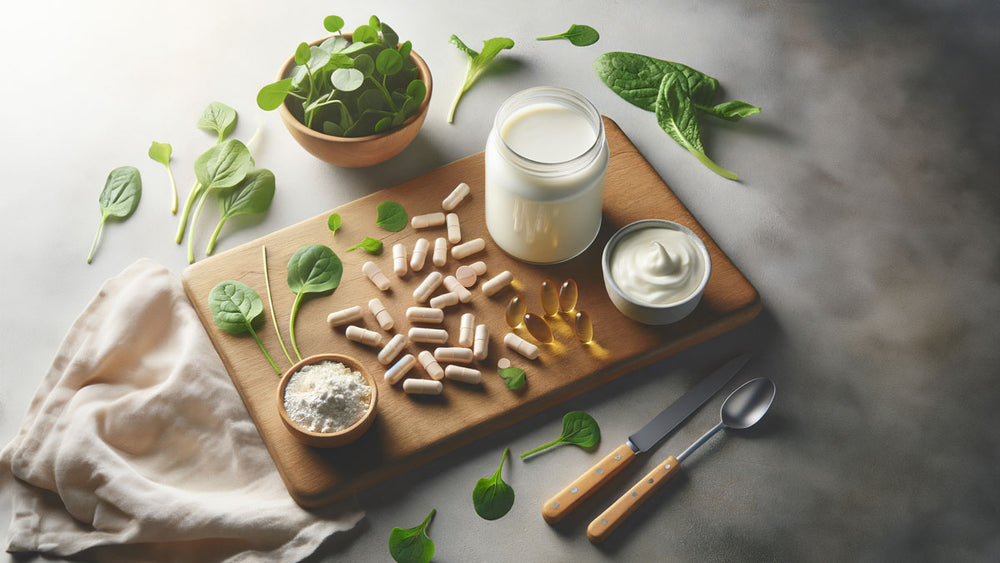



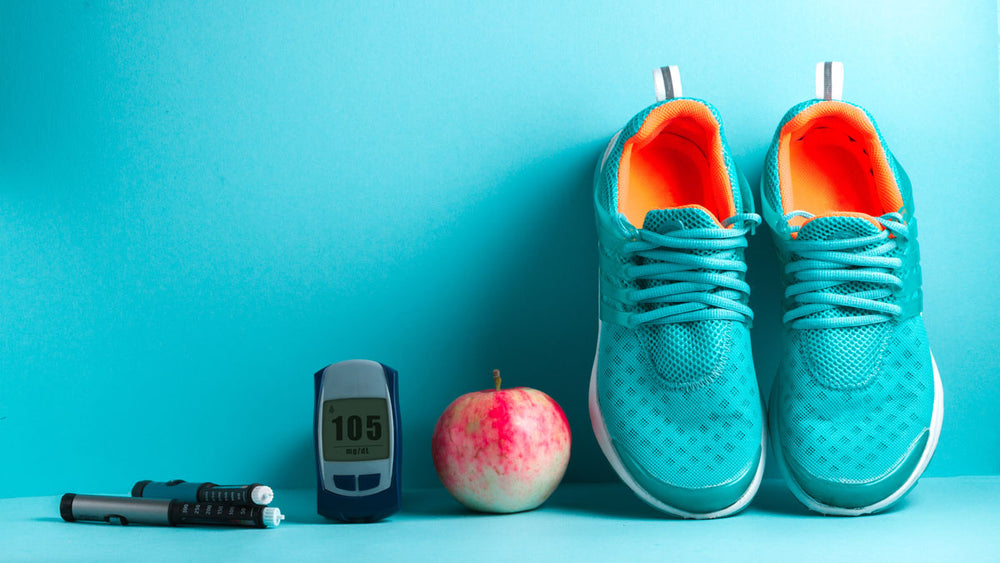







Comments
Join The Conversation...